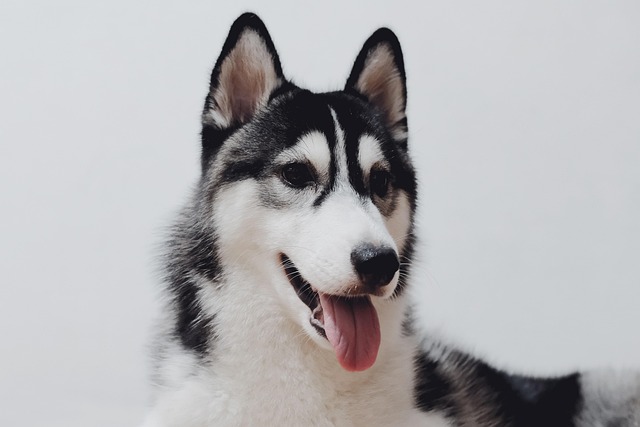
How do i train my dog to be obedient?
Watching your dog dart across the park ignoring your calls isn’t just frustrating—it can put them at risk near busy streets or public spaces.
Many dogs tense up at the sight of a brush or the sound of clippers, their tails drooping or bodies stiffening as if grooming were something to fear. This isn’t stubbornness—it’s often anxiety from not knowing what to expect. Training your dog to stay calm during grooming takes patience, but it turns those stressful sessions into moments of trust, making life easier for both of you.
Start small to build comfort. Let your dog sniff the grooming tools while they’re at ease—maybe during playtime or after a walk. Run a soft brush over their back for just a few seconds, then stop and offer a favorite treat. Do this daily, gradually lengthening the time you spend brushing. The goal is to help them link the feel of the brush and the presence of clippers with good things, not pressure. If they pull away, don’t force it; take a break and try again later. Rushing only reinforces their fear.
Positive reinforcement is key when teaching a dog to stay calm during grooming. Every time they sit still, even for a second, praise them warmly or give a tiny snack. Dogs thrive on this kind of encouragement, and it won’t be long before they realize that staying relaxed gets them rewards. For trickier spots like paws or ears, take it slower. Touch their paws gently during cuddle time, then add a quick wipe with a cloth, followed by a treat. Over days, this helps them stop seeing these sensitive areas as off-limits during grooming.
 If your dog starts panting, shaking, or trying to escape, it’s a sign they need a pause. Never scold them for feeling anxious—this only makes the stress worse. Instead, step back, let them calm down, and try again with a shorter session. For dogs with severe anxiety, asking a professional groomer or trainer for help can make a big difference. Many have tips for working with nervous pups, and some even offer slow-introduction sessions that align with guidelines for gentle animal handling.
If your dog starts panting, shaking, or trying to escape, it’s a sign they need a pause. Never scold them for feeling anxious—this only makes the stress worse. Instead, step back, let them calm down, and try again with a shorter session. For dogs with severe anxiety, asking a professional groomer or trainer for help can make a big difference. Many have tips for working with nervous pups, and some even offer slow-introduction sessions that align with guidelines for gentle animal handling.
Consistency matters more than speed. A dog that takes weeks to tolerate a 5-minute brush is making progress, even if it feels slow. Stick to a regular grooming schedule so they know when to expect it, and keep sessions at the same time of day—maybe after a walk when they’re already relaxed. This routine helps them settle into the rhythm, reducing surprises that might spark anxiety.
Grooming isn’t just about keeping your dog clean—it’s a chance to bond. When they learn to stay calm during grooming, it shows they trust you to keep them safe. With time, those brush strokes and nail trims can become moments of quiet connection, reminding you both that patience and kindness go a long way.

Watching your dog dart across the park ignoring your calls isn’t just frustrating—it can put them at risk near busy streets or public spaces.

New puppy owners often find themselves rushing to clean up accidents before they set in, and that’s where puppy pad training becomes a game-changer.

If you've noticed your dog's waistline disappearing and your veterinarian has mentioned those few extra pounds, your first instinct might be to simply reduce the amount of food in their bowl.

Training a dog to use a designated spot indoors isn’t as daunting as many new owners fear, but it does take consistency and an understanding of your pet’s needs.

That moment of dread on a walk is all too familiar for many new dog owners. You see another dog approaching down the sidewalk of your neighborhood

If the sight of another dog on your neighborhood walk makes your heart sink as your own dog erupts into a frenzy of barking and lunging, you're not alone.